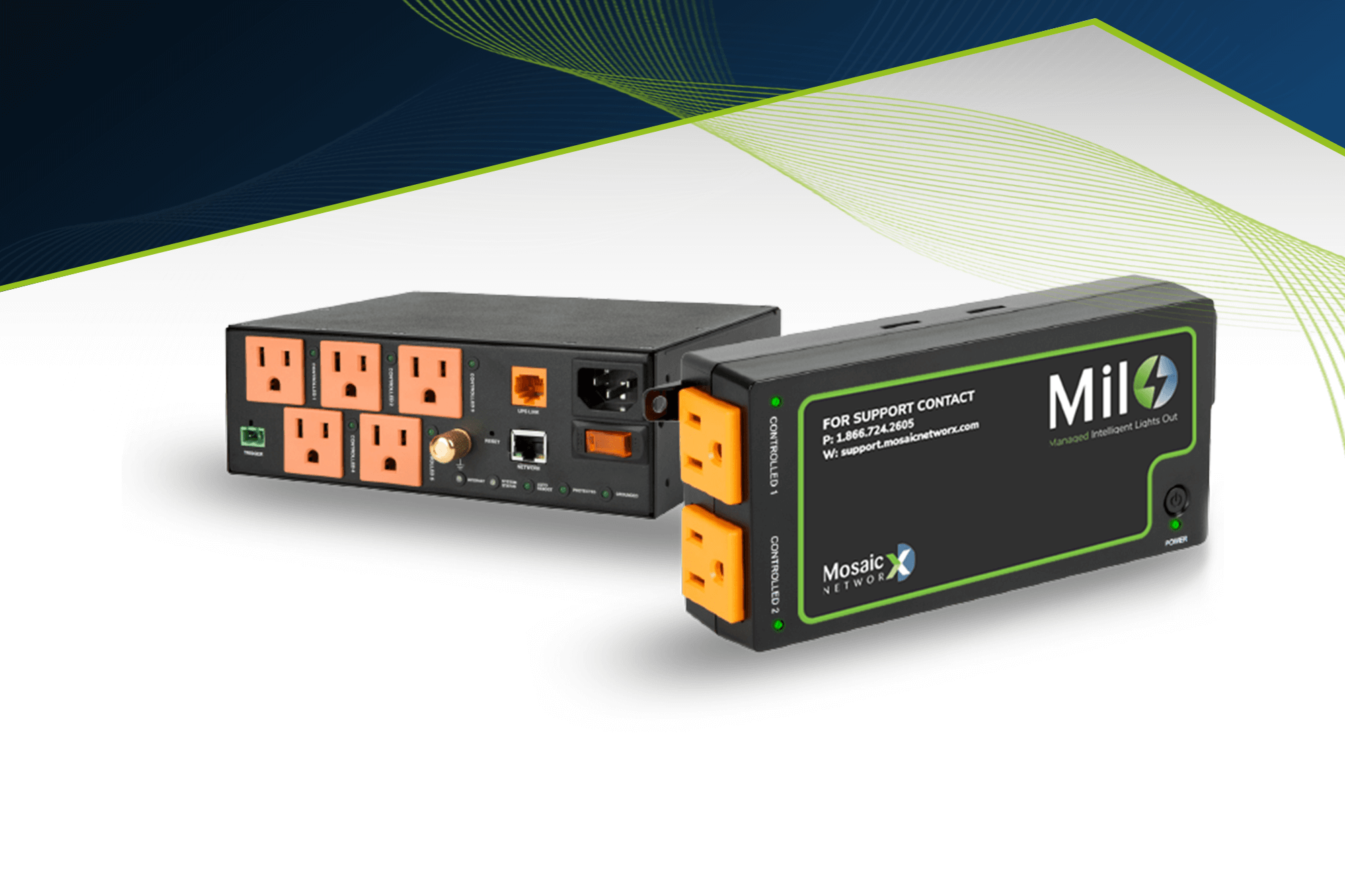
No doubt, there has been much said about the need to simplify WAN complexity, and achieve cost-effective and agile connectivity across corporate data centers, and public and private clouds. But, even with a completely optimized, agile and highly scalable WAN, if security has not been properly assessed, planned and executed, a business’ most vital assets won’t be protected.
Enterprise WANs throughout the world, support billions of users, computers, smartphones, IoT devices, and the applications that drive their usage. When we consider networking and communications, we think in terms of technology, like Mbps, Gbps, DNS, HTTP, TCP, and UDP. The list of technology acronyms can go on forever.
Indeed, there is a profound transformation taking place within our business activities, processes, and workflows that are designed to leverage digital technologies that are accelerating business. Unfortunately, we can get so caught up in technology, that we miss the mark, when it comes to properly securing our networks that serve our companies.
If You Don’t Get Security Right, Your SD-WAN Will Fail
As SD-WAN becomes more mainstream, the increase in cloud services adds network complexity, and greater security risks. With this in mind, the need for a secure SD-WAN cannot be overlooked, in protecting Internet traffic. While cloud-based SD-WAN offers various security protections, there is still a need for integrated network and security programs that include more than encryption and authentication.
All companies that rely upon WANs are susceptible to security attacks, and they will eventually be a target of an attack. The question is, how well do they handle the attacks, and prevent them from becoming a security breach? The most reliable and successful means to prevent a security breach is having a successful cybersecurity program.
An effective cybersecurity program requires a three-pronged dedication to empowering people, implementing processes, and deploying technologies. Together, this triad establishes a value chain that accomplishes much more than each element working independently. Implementing a best practice approach, is key to having a successful cybersecurity program.
Employing a five-step program, with the effective utilization of people, processes, and technology, is a case where the whole is greater than the sum of its parts.
Five Steps to Cyber Resiliency include:
- Cybersecurity Risk Assessment
- Security Remediation
- Security Vulnerability User Awareness
- PCI Compliance
- Managed Detection and Response
Mosaic managed SD-WAN and cybersecurity services are built on best practices. They are designed to simplify the utilization, integration and interactions of the people, processes, and technologies, that support a secure SD-WAN, with a cybersecurity program that delivers effective results.
If you are interested in learning more about protecting your SD-WAN from the security risks that will cause it to fail, click here to get our – 5 Steps to a Successful Cybersecurity Program – White Paper.




